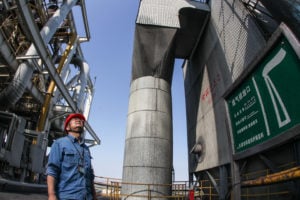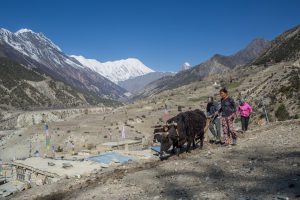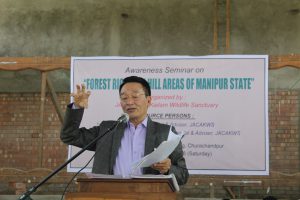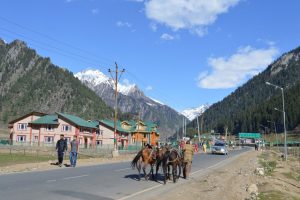Nobody could have cared less if they were the size of a regular household bull – or at least they would have cared less – but they are not; they are elephants. Some weigh up to 5 tonnes but despite the enormous size, they are easily scared when they see something unusual. Nowadays, these magnificent mammals from the hills of Cox’s Bazar are being scared by the Rohingya camps.
Bangladesh was completely taken aback when the sudden influx of Rohingya came across the border in August 2017. The Rohingya refugees did not care if there was any place for them to live or enough supplies to eat – scared to death, they just crossed the border to flee one of the most brutal ethnic cleansings in world history by the Myanmar government. They were everywhere – paddy fields, roadsides ditches; they were forced to use any empty space near the border.
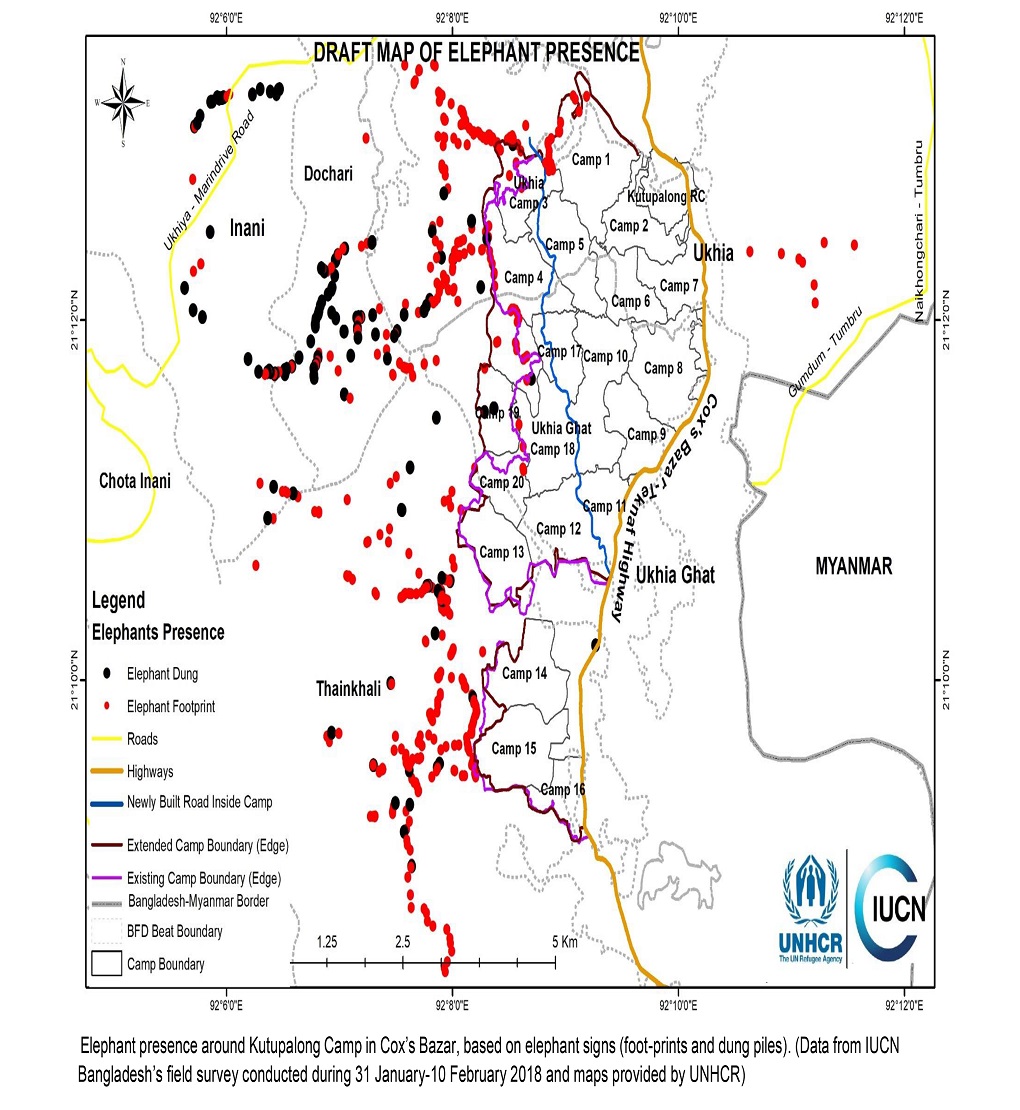
It took the government in Bangladesh several months to try to come up with a solution. Around 80% of an official total of 700,000 of the refugees were sent to makeshift camps on the sides of the hills in Cox’s Bazar.
See: Rohingya find a precarious perch on deforested hills
These camps – already among the biggest refugee camps in the world – fall on a major transboundary elephant habitat corridor between Bangladesh and Myanmar. According to the United Nations High Commissioner for Refugees (UNHCR), there are about 40 elephants in the area and they move between Bangladesh and Myanmar in search of food.
At least 12 people have been killed by different elephant stampedes in the Rohingya camps in Cox’s Bazar since the camps were built.
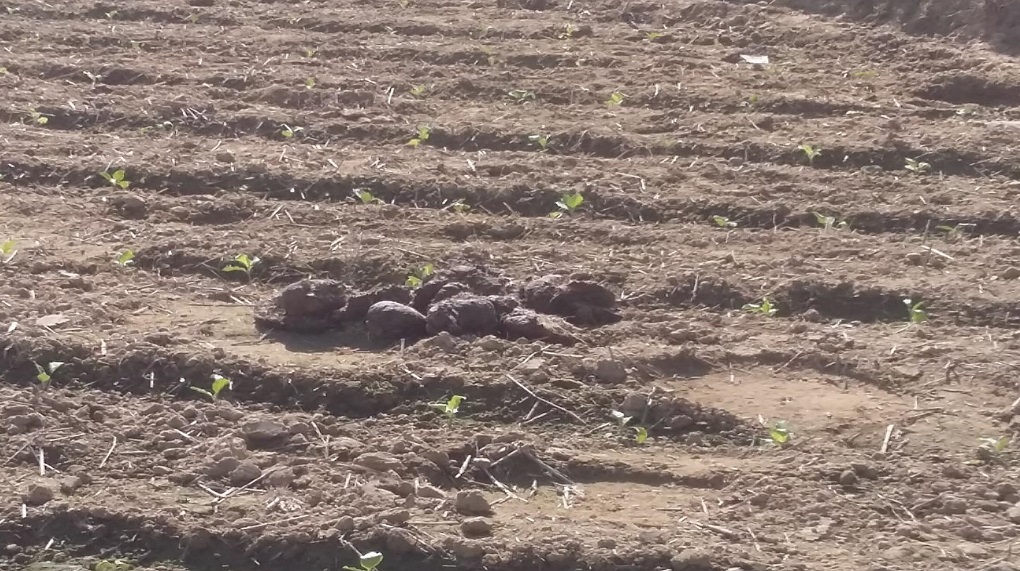
There are two likely consequences to this. First, the elephants will continue being disturbed by unwanted intruders in their area and keep on attacking the refugees who are suddenly in what was once their forest home.
Second, the refugees might retaliate by either killing or scaring the elephants away.
A recent study by the International Union for Conservation of Nature (IUCN) has found that the elephants have already changed their movement pattern. Alarmingly, the predicted trajectory takes the new corridor through that part of the border where the Myanmar government has planted hundreds of explosive mines to prevent the Rohingyas from going back.
The local authorities have cleared a staggering 5,800 acres of hilly forest land to make room for the refugee camps. This is another reason why the elephants, who need the trees for food, have started to come down near the camps.

Like every humanitarian crisis, women and children are the most vulnerable.
“In one such elephant attack on the Balukhali Camp-1 in October [2017], there was a woman and three children among the dead. They started running to and fro when the elephants first came down. Some of them used sticks and stems to beat and scare the elephants away,” said Mohammed Kislu, an inspector at the police station in Ukhiya.
Remedial measures
The UNHCR realized the seriousness of the human-elephant conflict after seeing private videos taken during the elephant stampedes. Dealing with this conflict is now part of a greater plan to address the environmental risks that have come along with the refugee influx, said UNHCR spokesperson Caroline Gluck.
Recently, the UN agency and the IUCN have formed a partnership to help both people and elephants who are equally scared the actions of each other. The plan includes teaching refugees to respond better when an elephant approaches, including by deterring – but not by beating it – from entering the camp.
As part of the UNHRC-funded project, IUCN will look to implement human-elephant conflict mitigation measures with the refugee and host communities and raise environmental awareness among refugee and host communities.
Activities include community consultations, installing road-signs, building capacity through training, forming response teams and organising awareness campaigns and advocacy programmes.
How to deter an elephant
Abdul Latif, a member of the Rohingya-elephant response team training under the UNHCR-IUCN project, has seen at least 14 elephants since he came to Bangladesh in August 2017.
“We had no idea what to do when they [the elephants] invaded. Everyone was shouting and running around madly. Everyone was running into each other,” he said describing the first elephant attack in September 2017.
As more attacks came, they organised themselves and each night volunteers would stay awake in turns to raise the alarm in case they spotted any suspicious movement in the dark hillsides. They didn’t have any equipment – they were only told to shout at the top of their voice in case of an elephant emergency to drive the elephants away and to awake the sleeping refugees.

Motaleb said the key to training the elephant response teams was in teaching them to control the crowds and to ensure that groups of no more than 10 people were responsible for protecting the elephants and guiding them away from the camp. In the past, he said, the refugees would surround the elephants on all sides, aggravating them and leaving them no way to escape — and that’s when they would lash out.
UNHCR spokesperson Caroline Gluck said they were working to creating a better environmental awareness, both among the refugees and the host community, to try and better preserve the fragile environment.
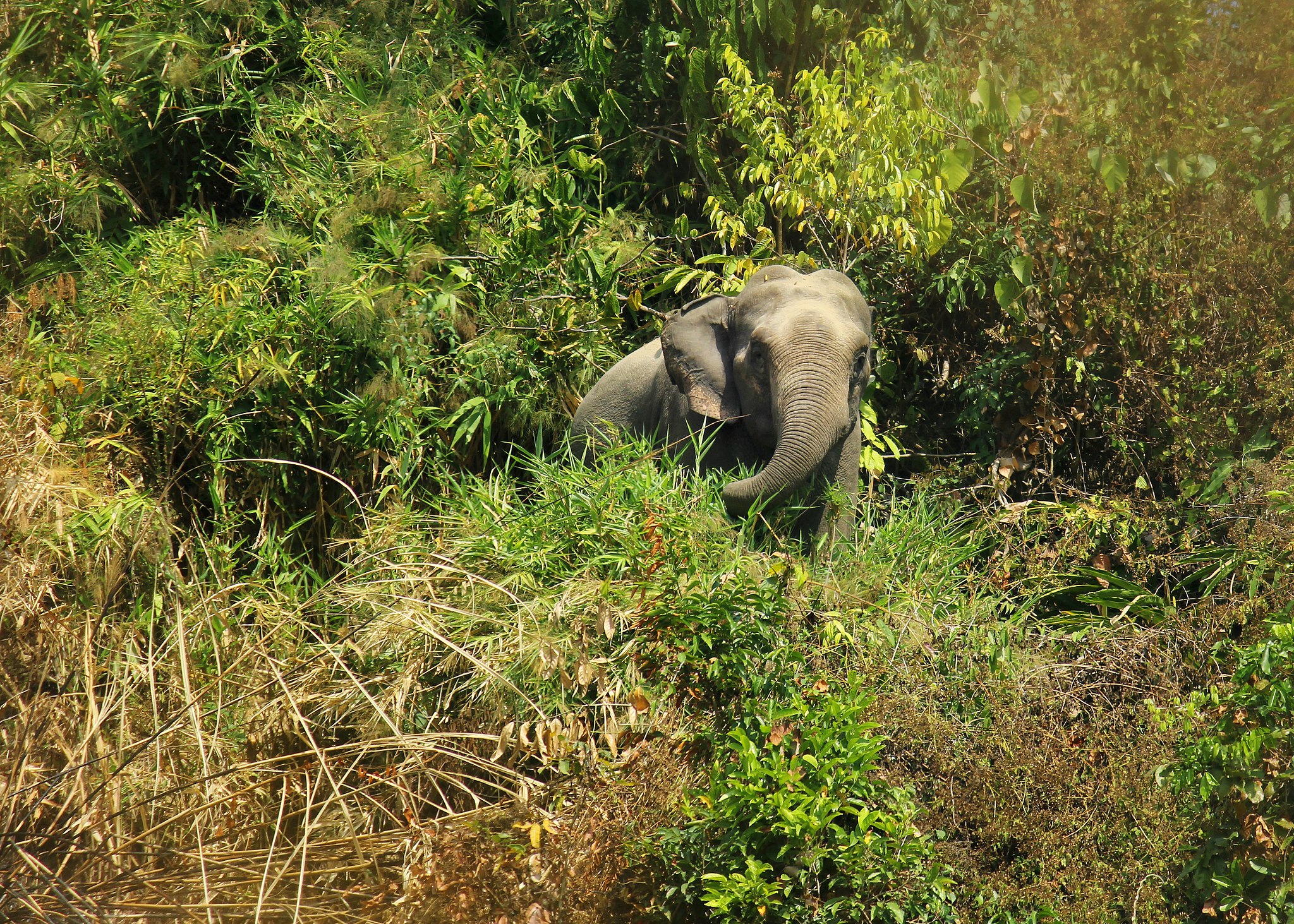

![An Indus river dolphin spotted in Dhunda [image courtesy: WWF-India]](https://dialogue.earth/content/uploads/2018/05/Indus-River-Dolphin-in-Dhunda_WWF-India-300x200.jpg)



